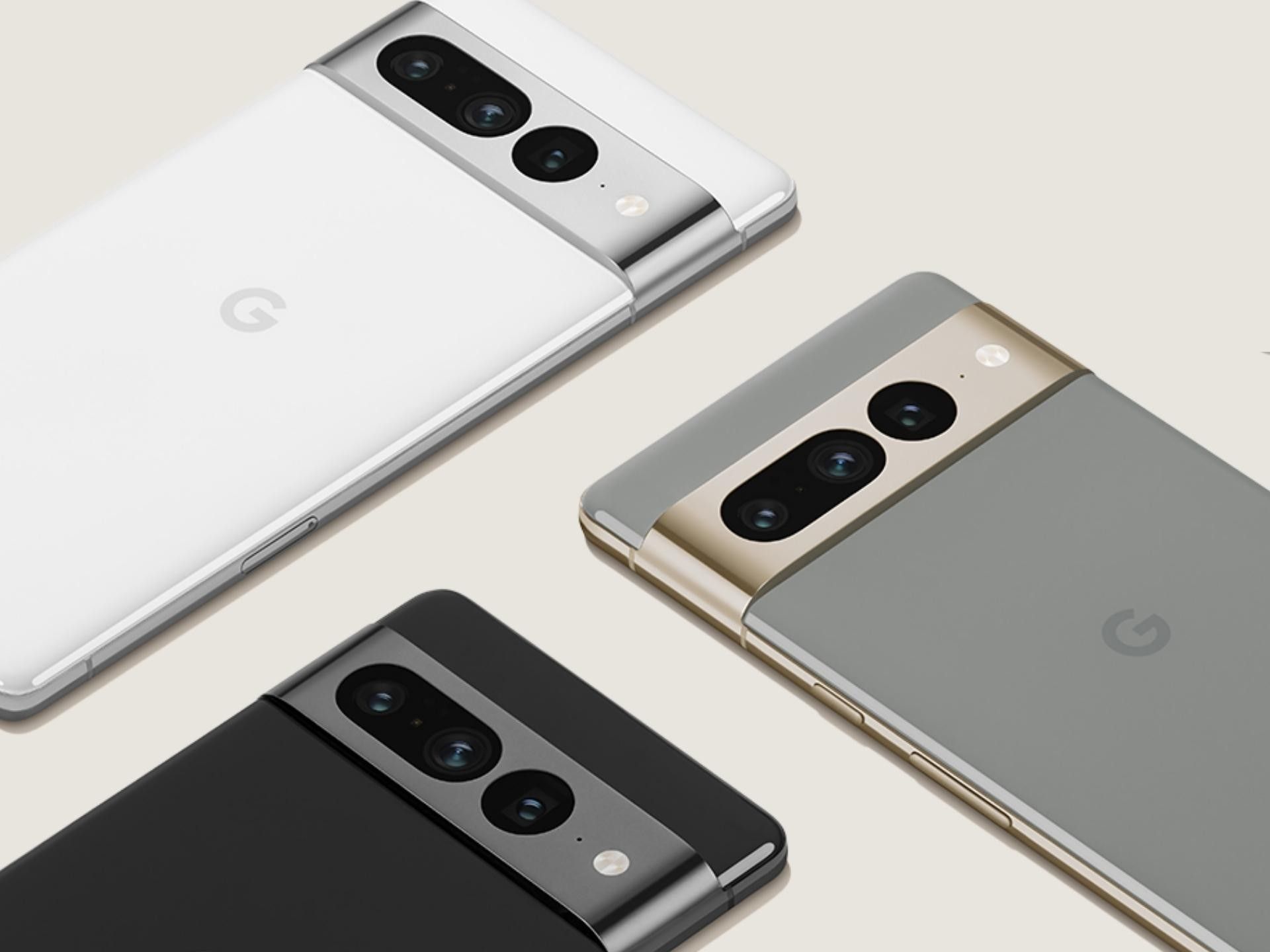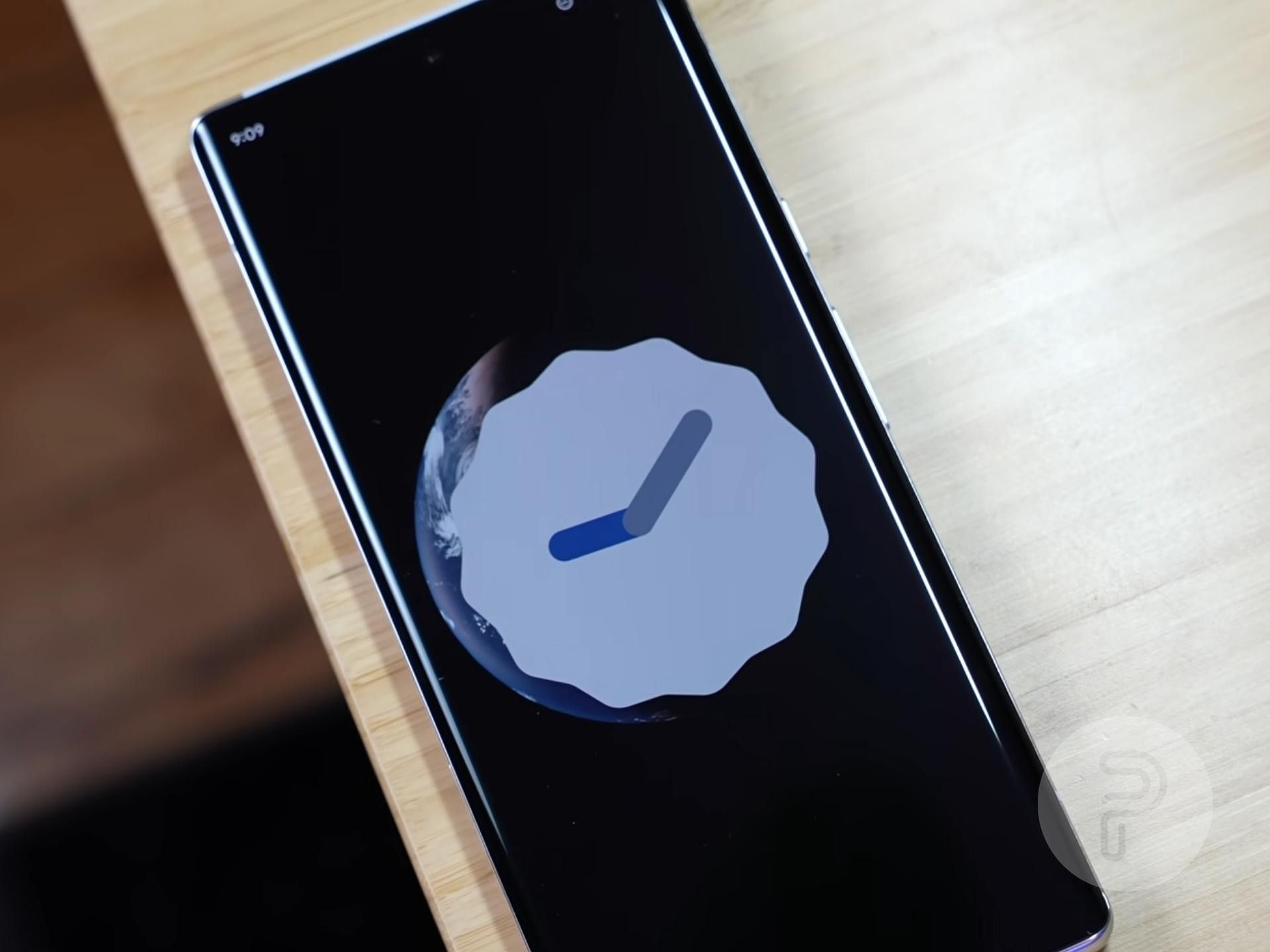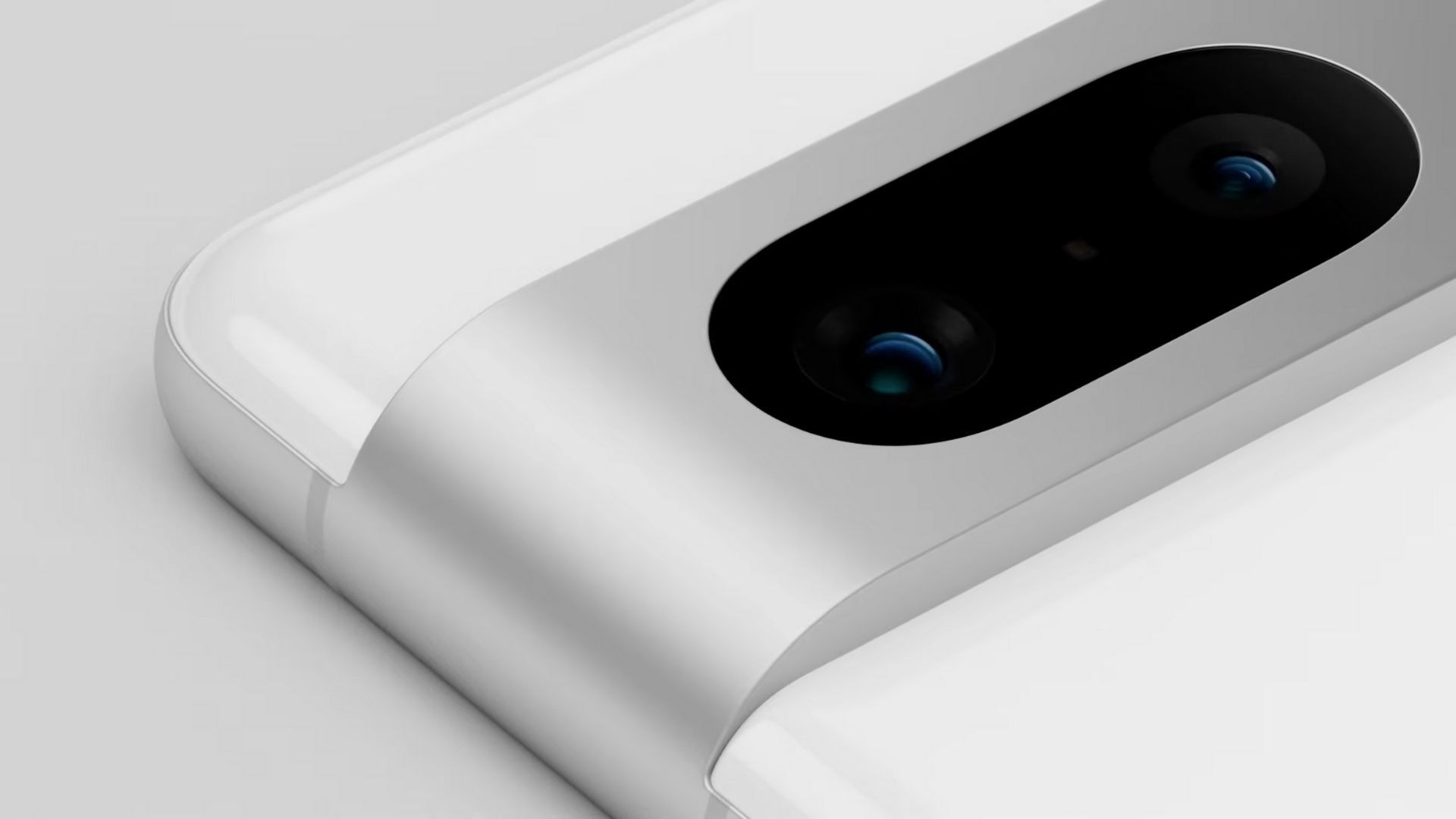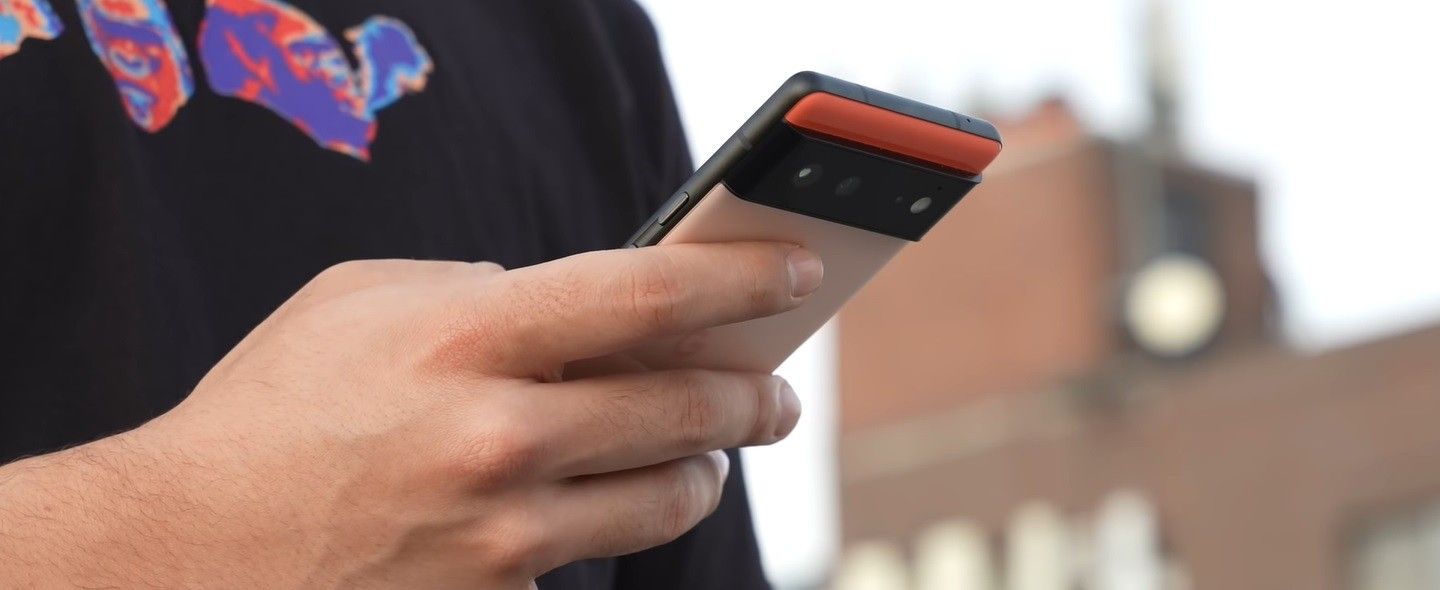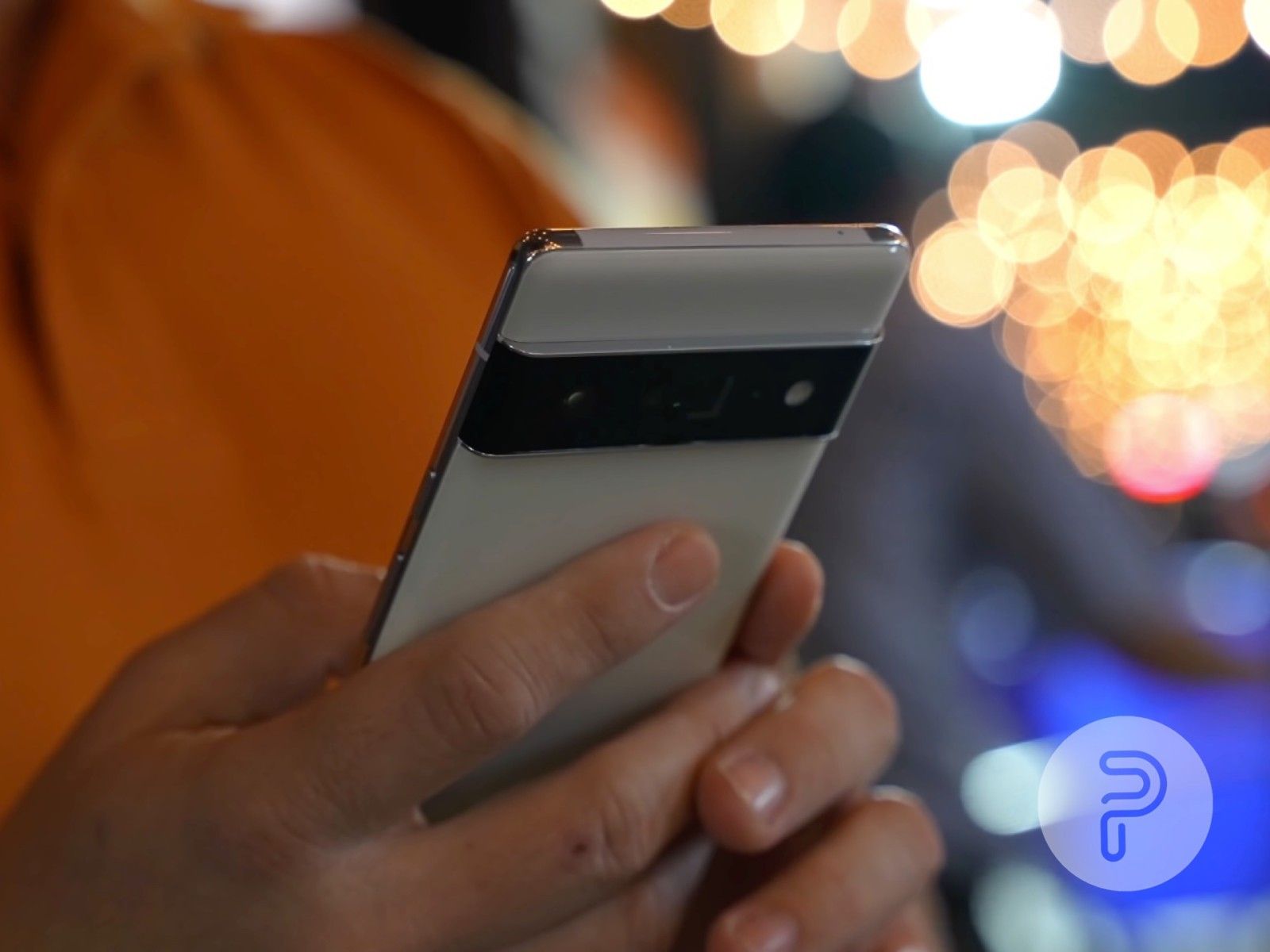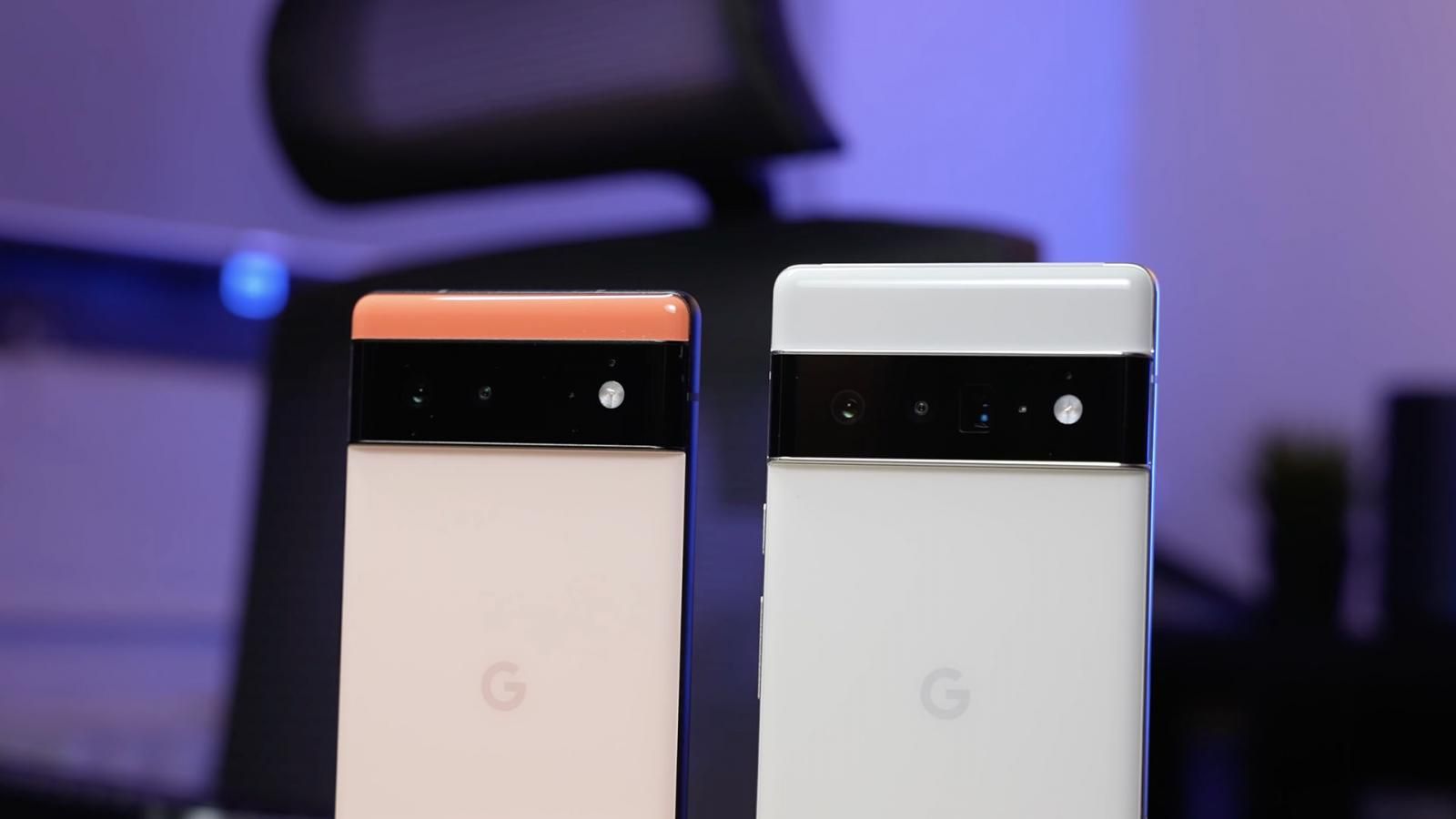Google revamped the Pixel series with the launch of the Pixel 6 and the Pixel 6 Pro. For the first time, Google offered a true "Pro" Pixel device along with the fan-favorite Pixel 6 at a not-so-high cost — well, at least at a lower price than other flagships. According to a report from 9to5Google, Google could be looking to expand the Pixel series even further this year with the launch of the Pixel 7 Ultra.
To everyone's surprise, Google officially showcased the Pixel 7 and the Pixel 7 Pro at its I/O 2022 event. According to the images Google showed us at the I/O, it seems that the Pixel 7 will mostly be an iterative version of the Pixel 6 series with some small refinements across the board. However, it appears that Google will have a "one more thing" moment when it officially launches the Pixel 7 series this fall.
As the report from 9to5Google points out, Google has started adding the Pixel 7 devices to the Android Open Source Project. Two of the devices that Google has added to the AOSP are tagged with model numbers "C10" and "P10" which are tied to "Cheetah" (Pixel 7 Pro) and "Panther" (Pixel 7). The report claims that references to another Pixel 7 series device, with the model number "G10", have been found in the source code.
And no, the G10 Pixel device isn't the Pixel 7a or the again-delayed foldable Pixel Notepad as they have their own separate codenames — Felix and Lynx. So what could be the "G10" Pixel device? Well, 9toGoogle was able to extract some details from the source code and it seems that Google will launch a high-end Pixel 7 series smartphone, possibly called the Pixel 7 Ultra, this year.
Though we don't really believe that Google needs an "Ultra" flagship — the Pixel 6 Pro in itself is an excellent flagship at a decent price — but if the company is really keen on launching an ultra-premium device, here's everything that it needs to get right.
What we would like to see on the Google Pixel Ultra
Better display
Source: Pocketnow Video
The display on the Google Pixel 7 Ultra needs to be better. Don't get me wrong, the display on the Google Pixel 6 Pro is excellent for its price, however, it is nowhere close to the display found on the Samsung Galaxy S22 Ultra (or similarly priced smartphones). There are a few areas Google can improve in the display department. Before we move on to the improvements, it's worth noting that 9to5Google's report claims that the "G10" device has the same display specifications as the Pixel 6 Pro: 1440×3120 resolution, 120Hz refresh rate, and 71x155mm physical size.
Talking about the improvements, Google needs to step up its display game a bit if it is willing to enter the ultra-expensive smartphone price bracket. There are a few areas where the Pixel 6 Pro's display felt inferior to the display on the Samsung Galaxy S22. For example, the Pixel 6 Pro has a maximum brightness of 800 nits in comparison to 1750 on the S22 Ultra. Due to this, Pixel 6 Pro's display is also harder to see in direct sunlight. It also covers slightly less DCP-I3 color space. To conclude in a simple way, the company needs to have a "wow factor" about the display on the Pixel 7 Ultra. It needs to add a display to the Pixel 7 Ultra that leaves the customer with a long-lasting impression. After all, the display of our smartphone is the one thing we stare more than anything else, sometimes all day long.
More cameras?
Google Pixel 7
Source: Google
The camera department has always been the key selling point of the Pixel smartphones. The image processing on Google smartphones is way better than most of the Android devices available. To take its camera up a notch, Google shipped the Pixel 6 Pro smartphone with a triple-camera module consisting of high-megapixel wide, ultra-wide, and telephoto (4x optical zoom) lenses — of course, the image processing was even better this time thanks to Google's own Tensor SoC.
Does the Google Pixel 7 Ultra need more cameras in order to succeed? Not necessarily. An island of cameras on the back of a smartphone does not mean the smartphone has an extraordinary camera system. Instead, image processing and software features are the ones that have made Google stand out in this department, and it should continue to improve in this direction. Though, if I had to nit-pick a camera improvement that I would like to see on the Pixel 7 Ultra, it would be a better telephoto lens. Currently, the Pixel 6 Pro can capture only 4x optical zoom. It would be great if Google can incorporate an S22-like periscope telephoto lens that offers up to ten times optical zoom.
Face unlock and the return of Soli?
Source: Pocketnow Video
One of the features that the Google Pixel 6 series lack but most of the smartphones in the premium price range (and some even in the budget segment) offer is Face Unlock. Google Pixel 6 was poised to launch with the face unlock feature. It was, however, dropped. We expect at least the "Ultra" smartphone from Google to offer this feature. Another feature that could make the Pixel 7 Ultra stand out is Project Soli. Project Soli debuted with the Pixel 4 series, and it proved to be quite useful. If Google successfully implements an improved version of Project Soli on the Pixel 7 Ultra without compromising on the experience (by adding a big notch in place of the punch-hole camera, and an edge-to-edge display), it would be a welcome addition. On a second thought about this, could this be the reason why Google didn't showcase the front of the Pixel 7 at the Google I/O 2022?
Better battery life or faster charging
Source: Pocketnow video
I know I'm just nit-picking here, but if I'm paying north of $1000 for a smartphone, I expect it to come with the best battery technology available. What Apple has done with its most expensive smartphone, the iPhone 13 Pro Max, is that it doesn't provide the fastest charging available. However, to compensate for the slow charging speed, Apple has optimized the battery and software to the point that iPhone 13 Pro Max offers one of the best battery experiences in the high-end price range.
On the other hand, Samsung has opted for a mixture of both. While the S22 Ultra's 5,000 mAh cell doesn't provide the longest battery life, it eases through a day of use. Samsung has also included the support for the 45W fast charging in case you need to top up your phone during the day. What we would like to see on the Google Pixel 7 Ultra is the company opting for one direction and then excelling in it. Google either needs to provide excellent battery life on the 7 Ultra, through optimizations or a bigger cell, or it needs to include support for "ultra-fast charging" technology, which is available on a number of smartphones now. But, the smartphone shouldn't lack on both fronts.
Bug-free software and long term support
Source: Pocketnow
Google hasn’t had a smooth ride ever since it launched the first Pixel-branded smartphone back in 2016. Nearly all Pixel smartphones since then, including the last year's Pixel 6 series, have been flawed with software and hardware issues affecting the charging, user experience, battery, fingerprint sensor, and display. It’s fair to say that Google’s faced issues with quality control, but it’s about time the company steps up its game and releases a device without any issues.
If you spend more on an expensive smartphone, you expect the software experience to be smooth. After all, it's the software (the front end of everything) that makes or breaks smartphones. This is primarily the reason why Apple and Samsung have captured a huge market share in this segment. But if Google is looking to enter this territory, it needs to make sure that there are no issues with the Pixel Ultra. A welcome addition would be long-term software update support, at least for the Ultra model. Samsung offers four years of Android updates on its S22 Ultra, and if Google plans on making an Ultra smartphone, it should also offer a similar software support period.
The references to the G10 Pixel device don't necessarily mean Google is working on an Ultra flagship. Instead, the company could be testing two different versions of the Pixel 6 Pro with some changes. Nonetheless, it would be great to see Google release an Ultra flagship that competes against the likes of the S22 Ultra and iPhone 13 Pro Max. What are your thoughts on Google working on the Pixel 7 Ultra? What would you like to see? Let us know in the comments section below!

